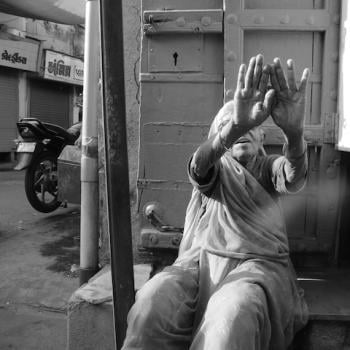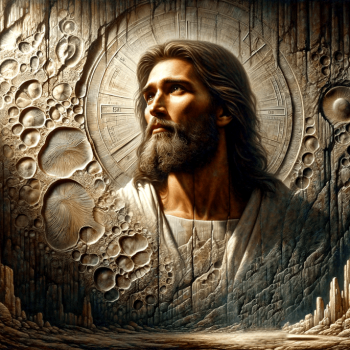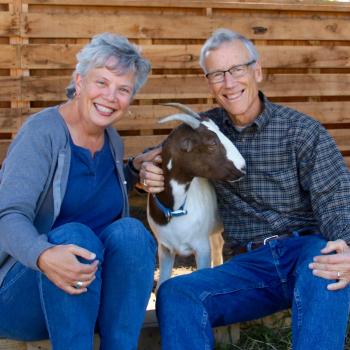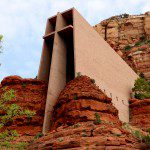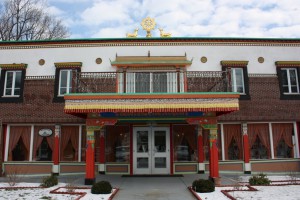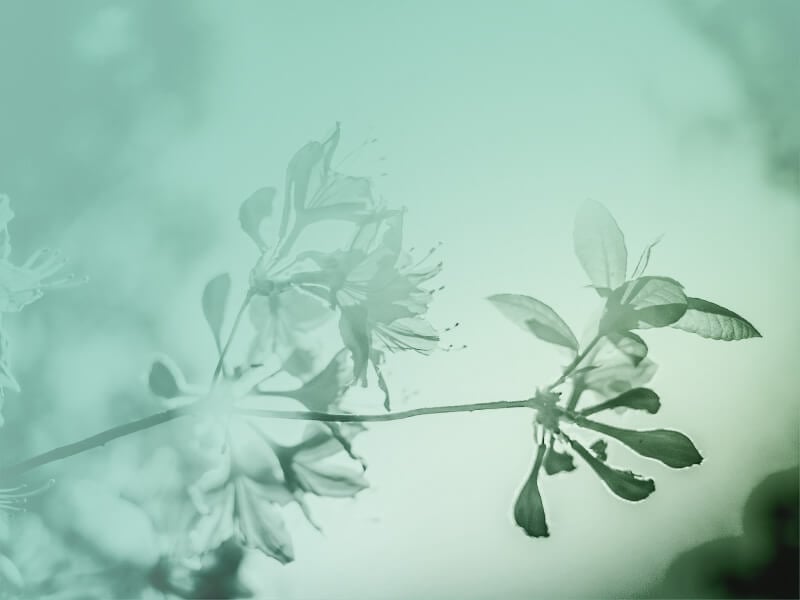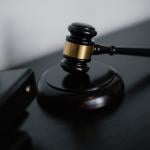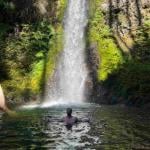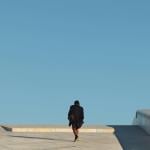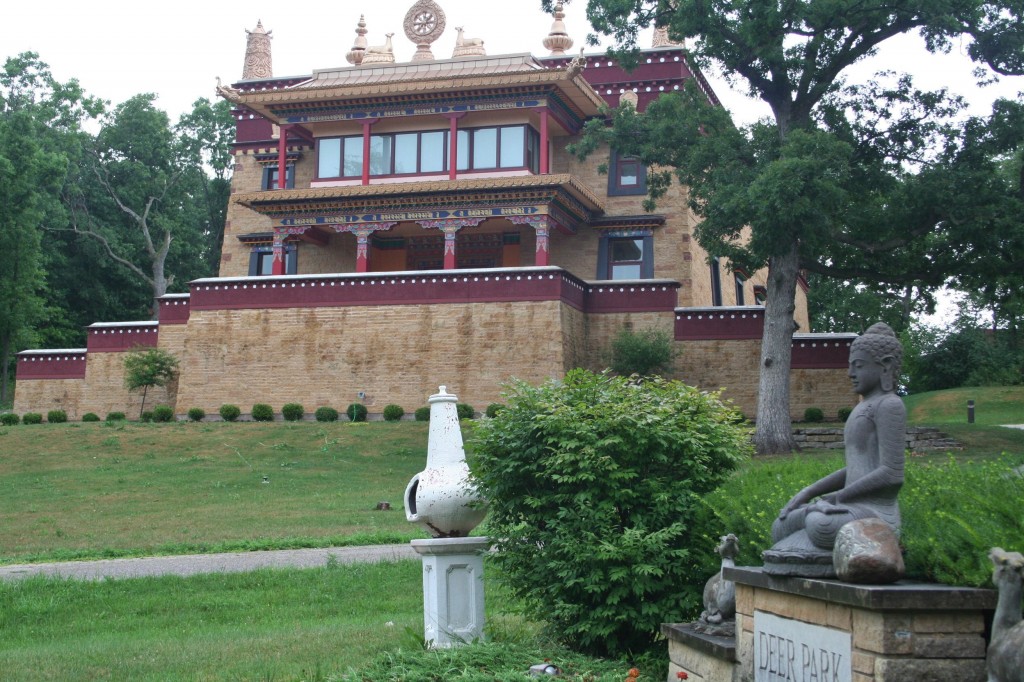
One of the great joys of seeking out holy sites is the serendipity of the treasure hunt. While some sacred places such as holy wells or mountains grow organically out of the landscape, others seem to have been magically transported from a place far, far away.
Such is the case with Deer Park Buddhist Center, which my husband and I visited this past weekend while camping in Wisconsin with friends.
While I knew a little bit about the center before visiting, I didn’t realize its respected stature in the Buddhist world. Deer Park is one of the nation’s most important centers for Tibetan Buddhism, a 13-acre site that is home to seven monks (an additional five nuns live off-site but are part of the community). Deer Park is named not after the deer that are plentiful in Wisconsin, but rather after the preserve in India where Gautama Buddha gave his first teachings after attaining enlightenment.
How did a major Tibetan Buddhist center come to be located in the pastoral countryside of rural Wisconsin? The reason is Geshe Lhundub Sopa, a native of Tibet who fled his native land in 1959 after the Chinese invasion. He spent several years with the Dalai Lama in Dharamsala, India, before coming to the U.S. to be part of a monastic community in New Jersey. It was there he received an invitation to come to the University of Wisconsin to be a teaching assistant in Tibetan.
Sopa was already a brilliant scholar and had in fact served as a debate examiner for the young Dalai Lama when he took his final exams. A colleague of Sopa’s later said that the Tibetan’s invitation to teach at the school was the equivalent of the university’s classics department inviting the Pope to be a beginning Latin instructor. But Sopa came, eventually guiding the formation of the nation’s first Buddhist Studies doctoral program. In 1975 he founded Deer Park, a spiritual home for the Tibetan community in Madison but also a place for everyone seeking information and teachings about Tibetan Buddhism.
After worshiping in a small temple for a number of years, in 2008 Deer Park opened its new temple, a golden marvel full of the ornate iconography and brilliantly colored paintings that are a hallmark of Tibetan Buddhism. Its main altar includes a photograph of the Dalai Lama (who has visited the center numerous times) as well as statues of the Buddha and other spiritual teachers.
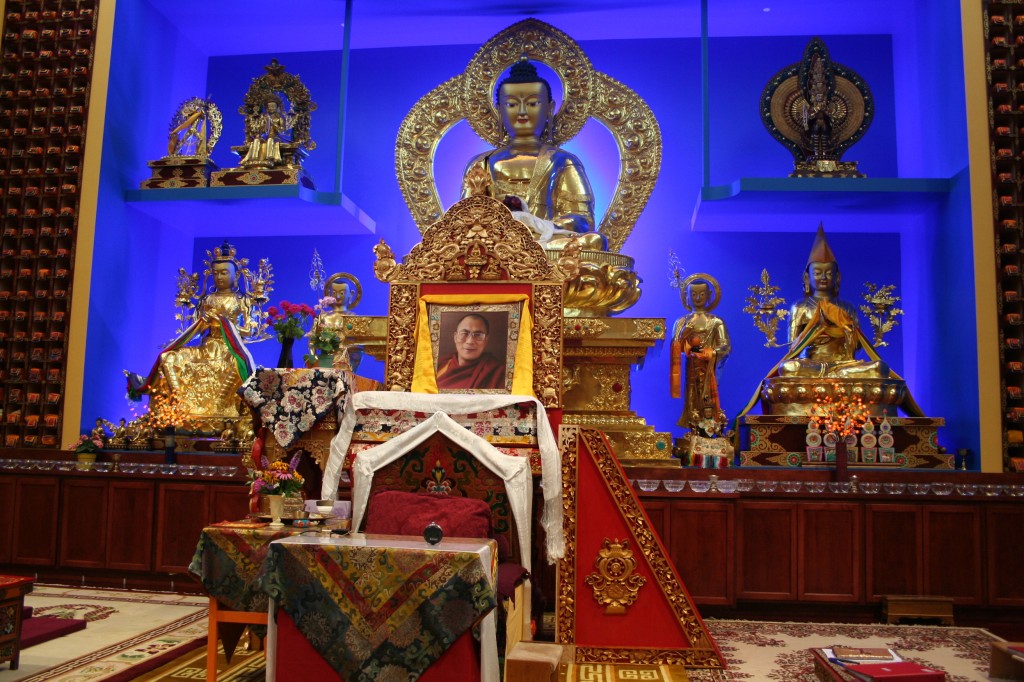
It was a rainy morning when we visited Deer Park, but we were greeting warmly by Lhundup Sherab, a monk who makes his home at the center. Sherab told us a little of his personal story, of how he had escaped from Tibet in 1993 and had recently become an American citizen. Not long ago he had been allowed to return to his homeland for a visit, seeing his mother for the first time in many years. “She must be very proud of you,” I told him, and a wide smile crossed Sherab’s face as he acknowledged that yes, his mother was indeed very proud of him (I was gratified to learn that even Buddhist monks want to please their mothers).
Sherab gave us a tour of the old and new temples and of the back garden that contains a stupa, or outdoor shrine, that is a symbol of the Buddha’s enlightenment. Then we were invited into a building for tea, which we enjoyed as we conversed about meditation, prayer, and cats (the monastery has a resident feline, a cat that I suspect has not been convinced to take vows to refrain from harming any living thing).
It is a marvelous world, is it not, in which such things are possible? To think that the terrible events in Tibet fifty years ago would help spur the flowering of Tibetan Buddhist teachings around the world, even in this rural corner of the Midwest. And that Christian visitors from Iowa could join a Tibetan monk for tea, in a peaceful room overlooking a lush garden.
At the base of the center’s stupa, there is a plaque that explains how the Dalai Lama came to this place in 1981 to bestow the Kalachakra Initiation (an important Buddhist rite promoting world peace) for the first time in the western hemisphere At the end it says, “May all receive blessings from this sacred site.”
I know I was blessed during my visit there. I hope sometime you can see it, too.
Deer Park Buddhist Center is open to people of all faiths. The center offers worship services, classes, cultural programs, retreats, and interfaith events. It’s best to come on weekends to ensure that someone is around to give you a tour.



